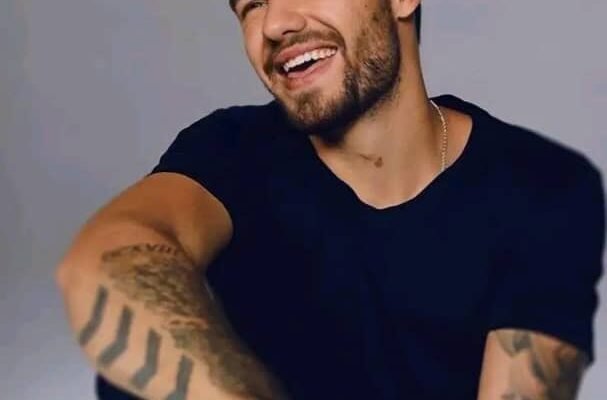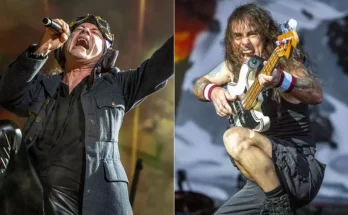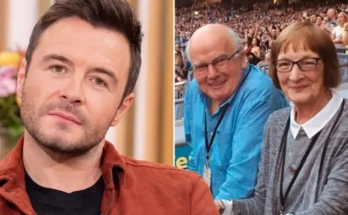A Tribute to Liam Payne: The Legend Behind the Screen
In the glow of global stardom, where flashing cameras often outshine the quiet moments, few stories unfold with the same emotional gravity as that of Liam Payne—a man who became a legend not only on stage but behind the screen. A voice for a generation, a creator of worlds beyond music, Liam’s true essence transcended the spotlight. This is not just a tale of fame. It is a tribute to the resilience, transformation, and lasting legacy of a boy from Wolverhampton who became the silent architect of sound, story, and spirit.
Chapter 1: The Ascent
It began with a simple dream, like it does for so many. Liam James Payne, born August 29, 1993, had already tasted rejection before he ever touched the heights of fame. Turned away at 14 on The X Factor, he returned two years later with a voice that had matured and a spirit that hadn’t dimmed. And fate—mysterious and poetic as ever—placed him with four others to form a group that would define the pop culture landscape of the 2010s: One Direction.
The world knew Liam as “the responsible one,” the grounding force in the band’s whirlwind rise. But beneath the clean vocals and charming smile was a producer’s mind. Even then, he was curious about the machinery behind the music—the mixing boards, the lyrical structures, the timing of beats, and the craft of creating something that would echo beyond the moment.
Chapter 2: Behind the Screen
While fans danced to What Makes You Beautiful and sang along to Story of My Life, Liam found himself increasingly drawn not to the spotlight but to the screen behind it. Not just the physical screen of studio monitors and production software, but the metaphoric screen—the place where creation begins. Lyrics whispered in midnight sessions. Beats born from silence. Sounds sculpted like clay.
After One Direction’s hiatus in 2016, the world waited for Liam’s solo era. What they received was not just a pop album. It was a window into his soul.
His 2019 debut, LP1, was a collage of styles and stories—an honest experiment. Critics debated. Fans listened. But for Liam, it wasn’t about reviews—it was about control. For the first time, he wasn’t just performing a story. He was writing it. Producing it. Shaping it from the shadows.
Chapter 3: Trials and Transformation
But the price of creation is often unseen. Fame, once a golden crown, became a weight. Liam struggled, publicly and privately. Interviews became confessions. He spoke candidly of addiction, isolation, and the complex emotions of being both adored and misunderstood.
Yet through it all, he kept creating.
There were whispers in industry circles. That Liam was becoming one of the best low-key producers in London. That his ghostwriting was touching songs he’d never sing. That he was mentoring younger artists under the radar. That he had built a home studio where, instead of chasing the charts, he chased meaning.
He was no longer the boy from the stage. He was the man behind the screen.
Chapter 4: The Quiet Legacy
By the mid-2020s, while others were chasing virality, Liam was building legacy. He scored indie films under a pseudonym. He co-wrote for artists across continents. He launched a digital music workshop that offered free mentorship to aspiring songwriters from underrepresented backgrounds. He wasn’t in the headlines. He didn’t want to be.
In 2025, a young artist named Juno released a debut EP that swept global charts. She gave one cryptic thanks in her liner notes: “To the architect behind the screen—L.P.” That same year, an anonymous SoundCloud account posted a collection of ambient soundscapes, cinematic in nature, hauntingly beautiful. Fans recognized the fingerprints: it was Liam.
A documentary quietly dropped on a streaming platform titled Echoes and Silence: The Liam Payne Sessions. It was raw. Honest. Beautiful. It traced his journey from boy band star to tortured artist to the silent mentor shaping tomorrow’s sound. Viewers cried. Not because they mourned who he used to be, but because they had finally seen who he truly was.
Chapter 5: Immortal in Silence
Liam Payne didn’t chase applause in his final chapters. He chased authenticity. In an age where attention is currency, he gave his freely—to music, to meaning, to the future.
At a tribute concert in London’s O2 Arena, artists he had helped—many of whom the public never knew he’d touched—came together under a single banner: Legend Behind the Screen.
They performed reimagined versions of songs he had written, produced, or influenced. A video montage played, ending with his words:
“If they remember me, let it be for the silence between the notes. That’s where I lived.”
Epilogue
A tribute to Liam Payne is more than a story. It’s a reminder: that some legends don’t need limelight to shine. That sometimes the truest voices are the ones behind the screen. And that impact, real impact, isn’t always loud.
It’s in the pause before the chorus.
The breath before the beat drops.
The unseen hand that lifts others to soar.
That was Liam Payne.
And that will be his forever echo.



